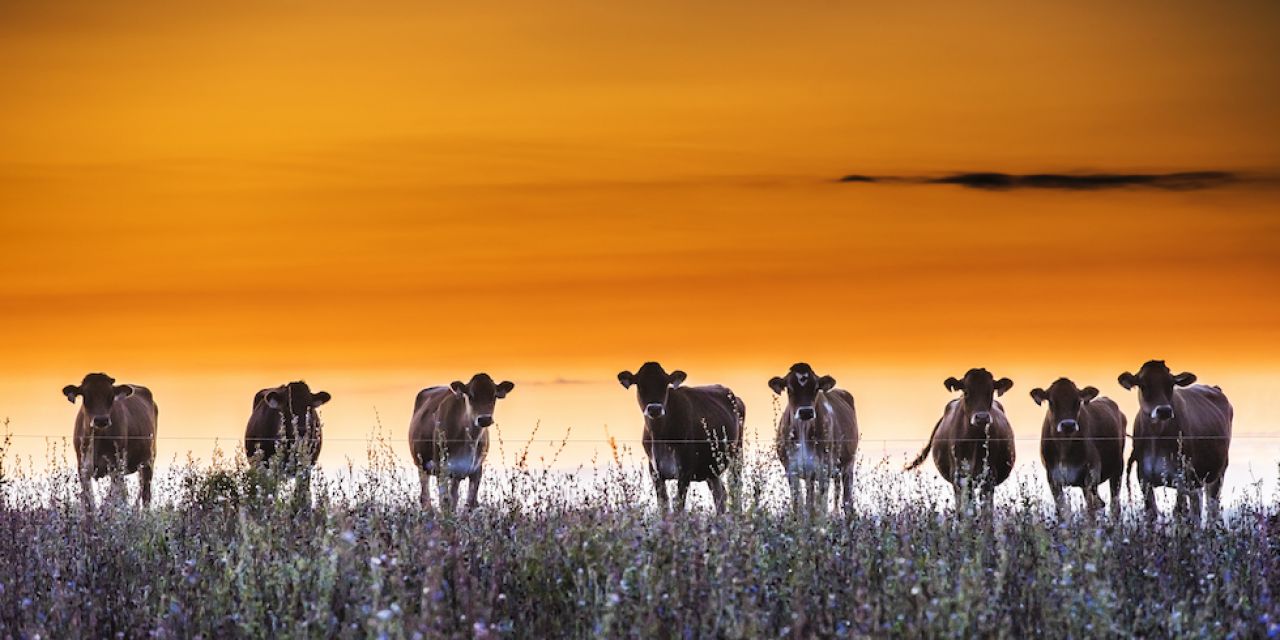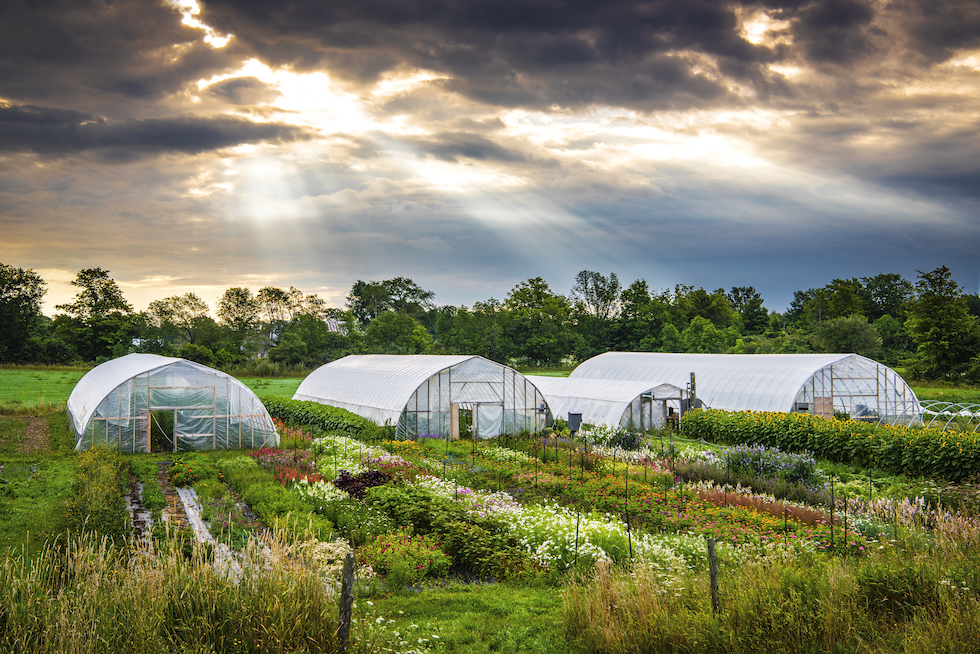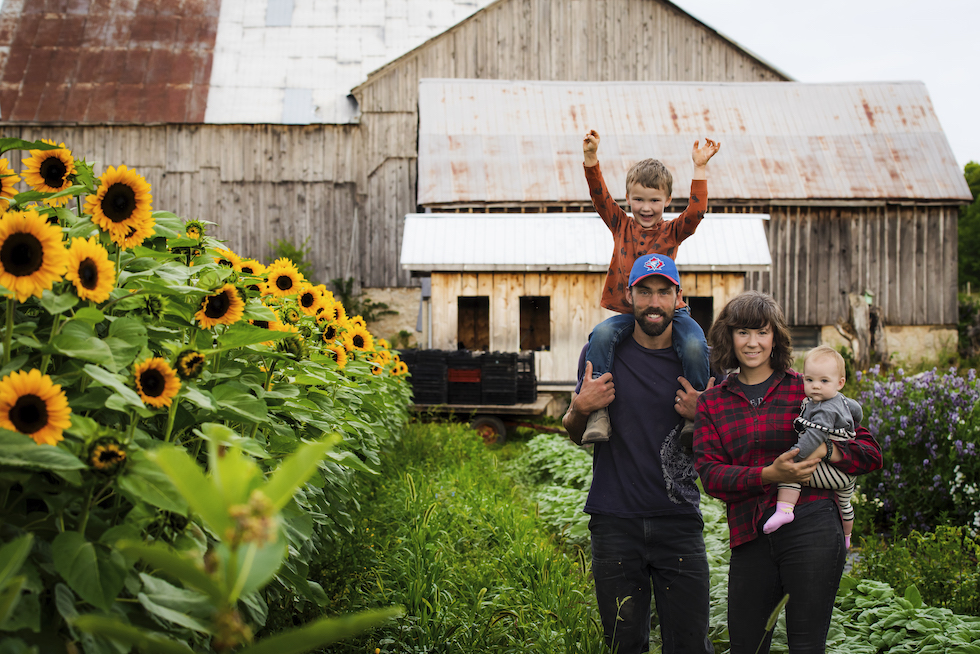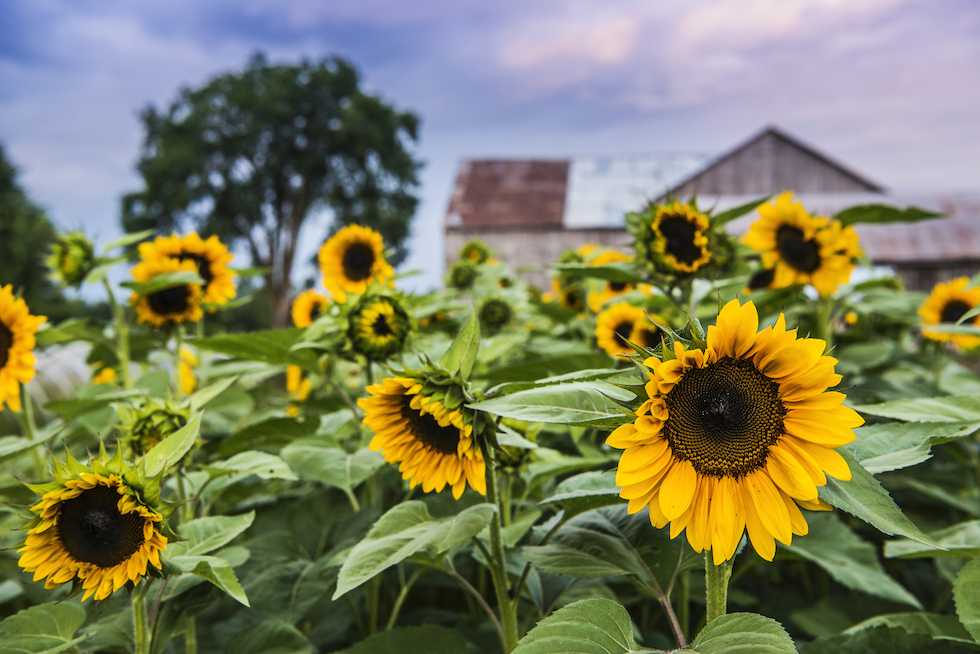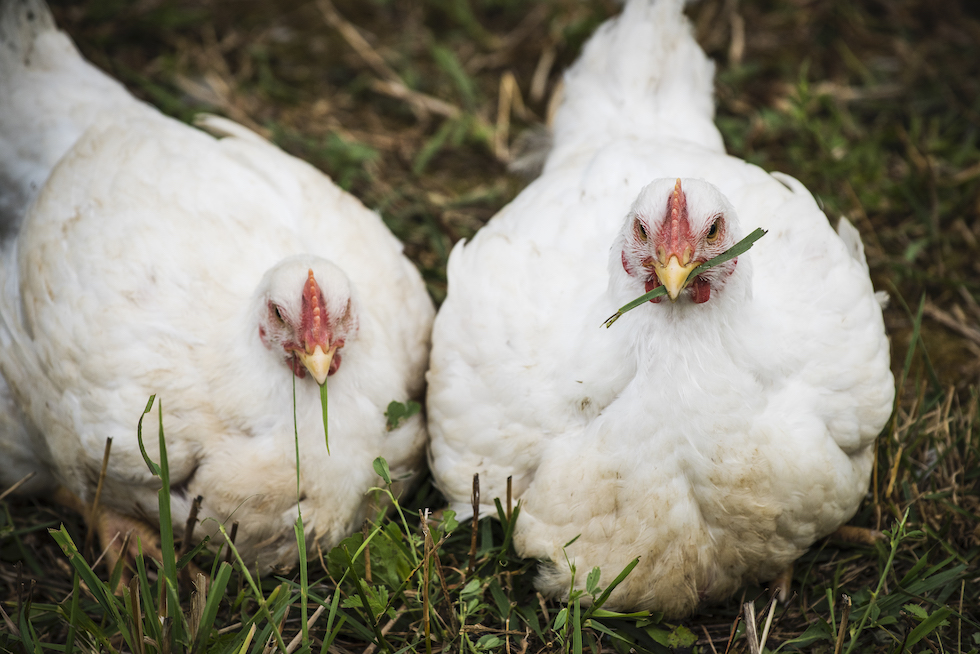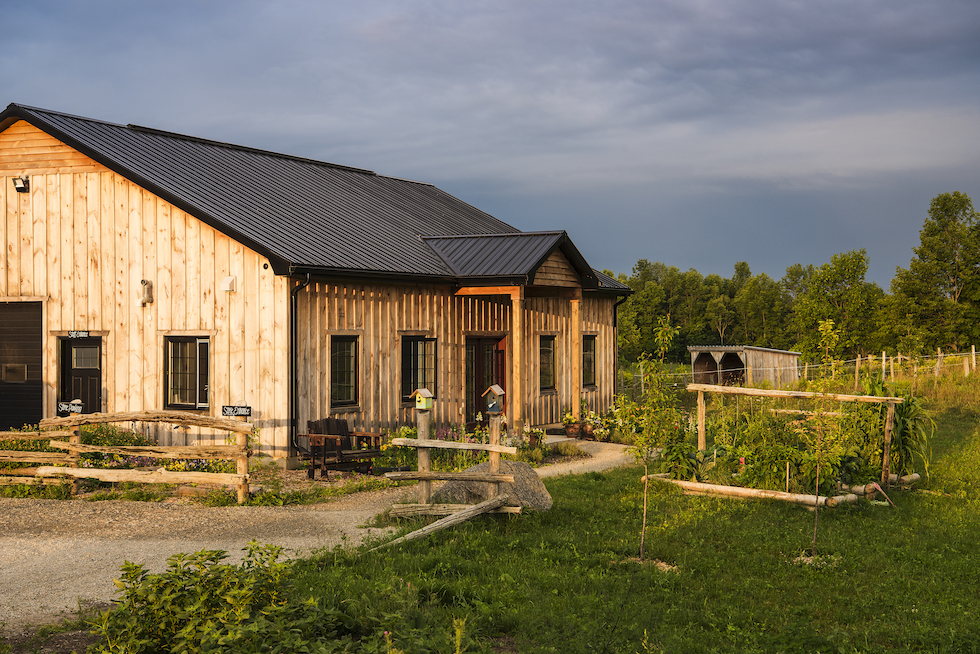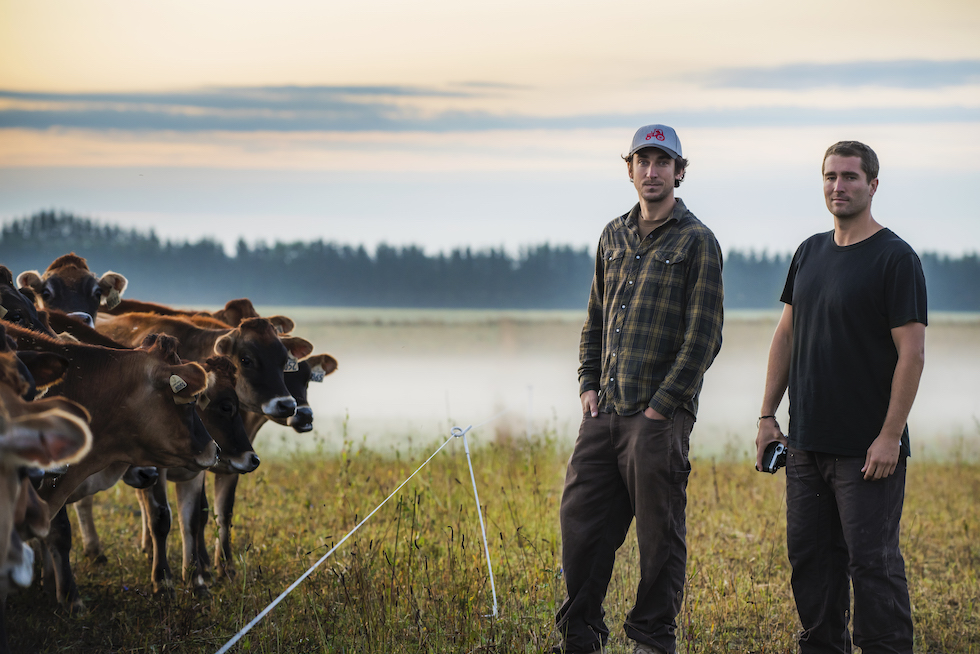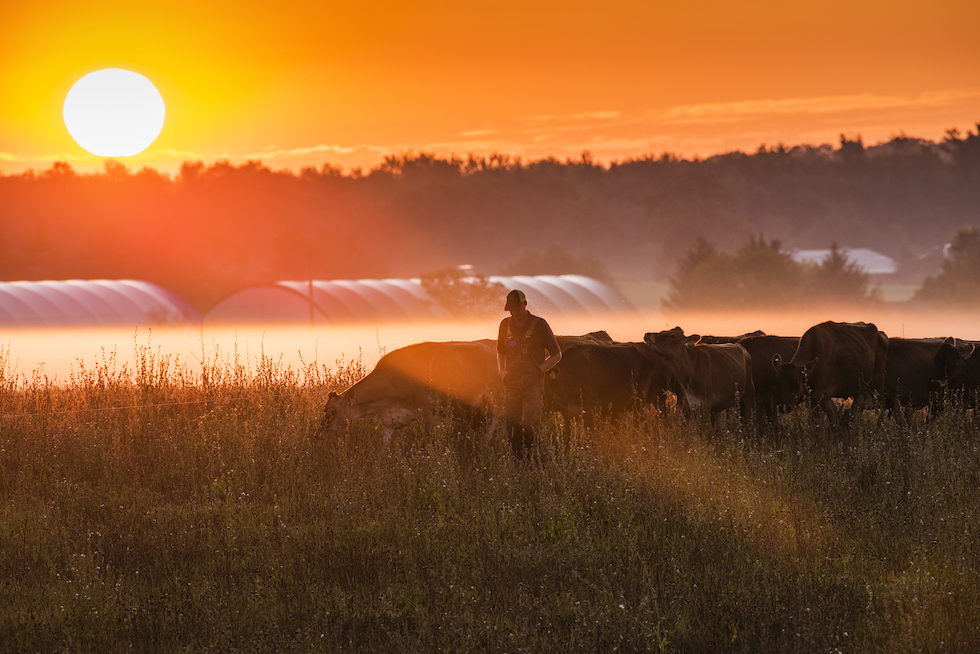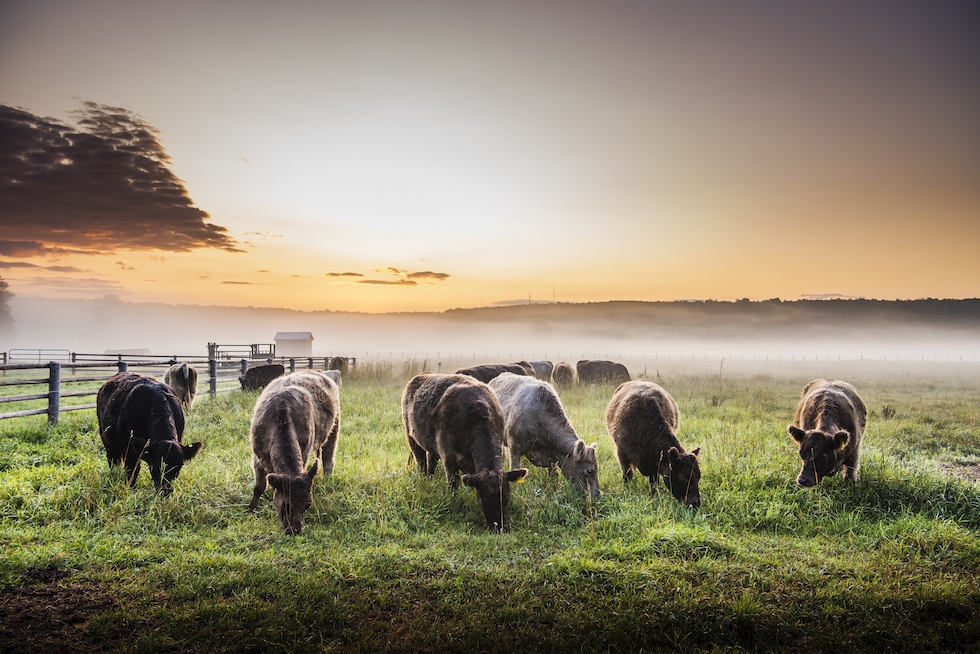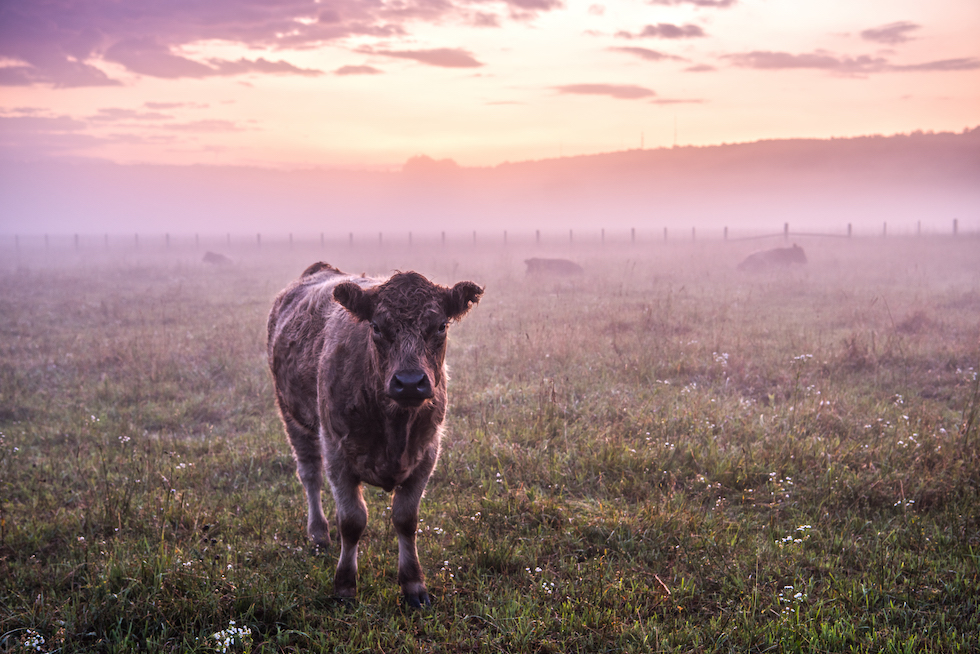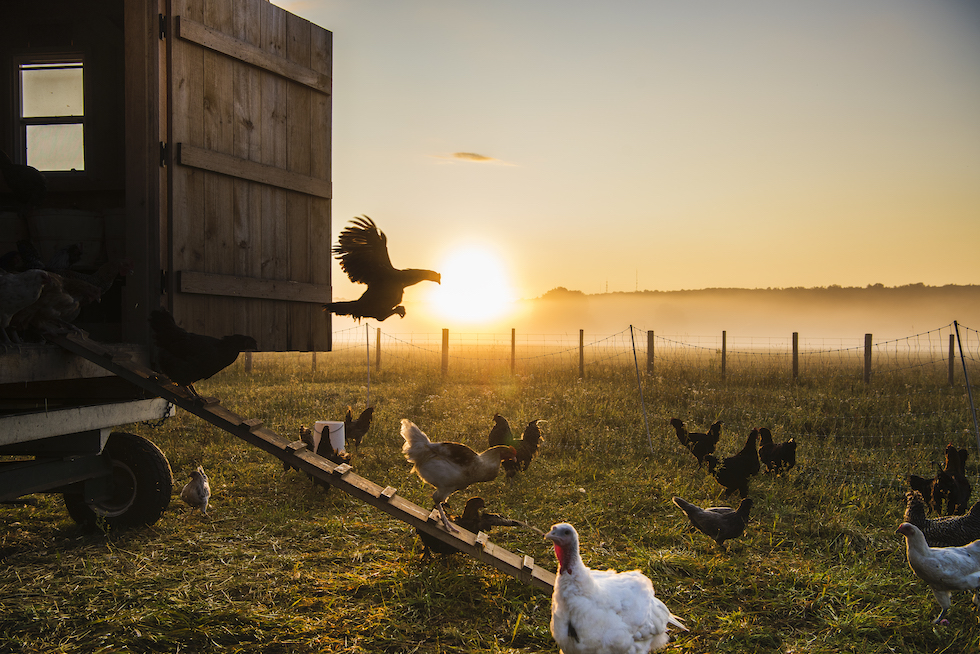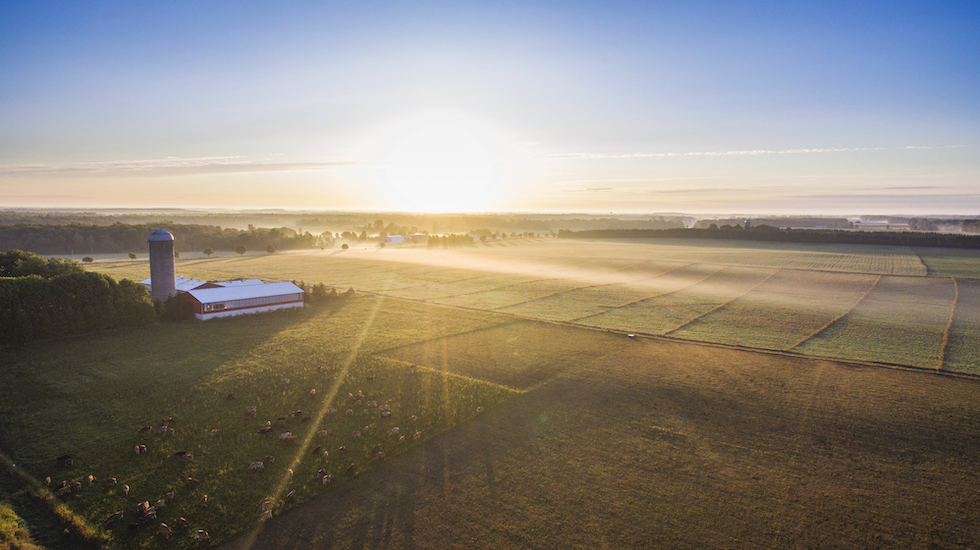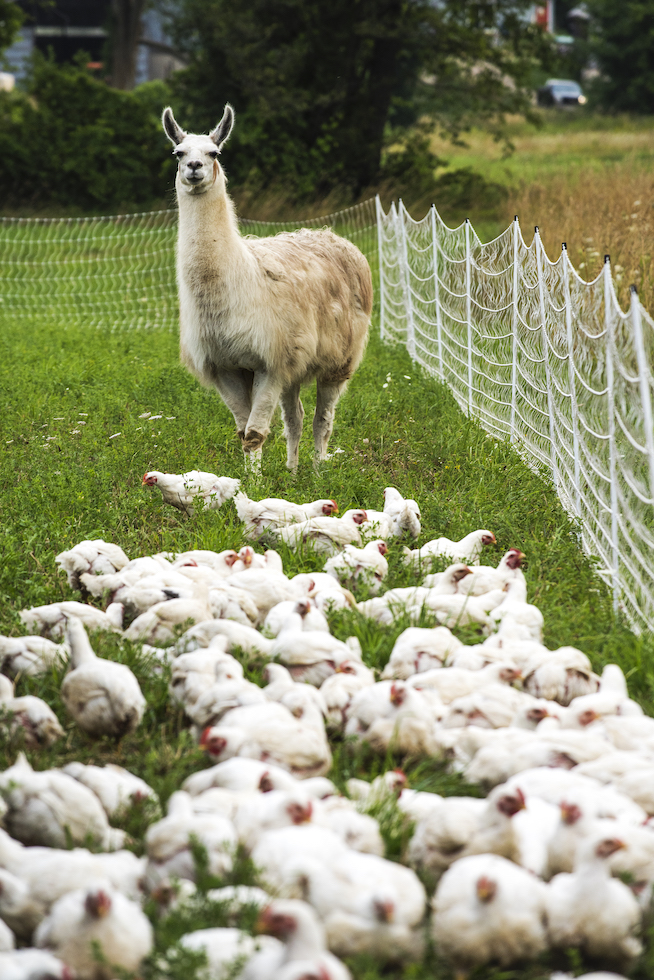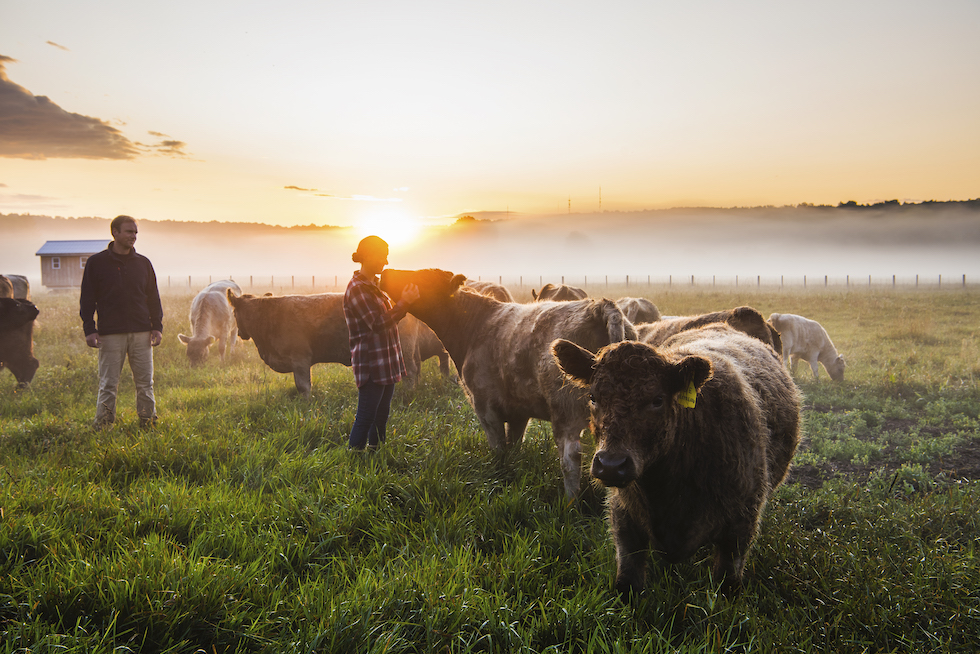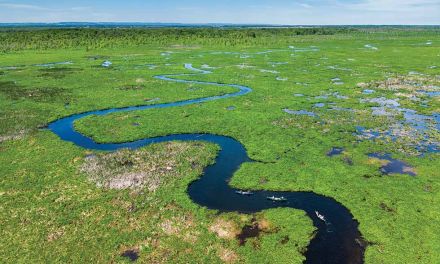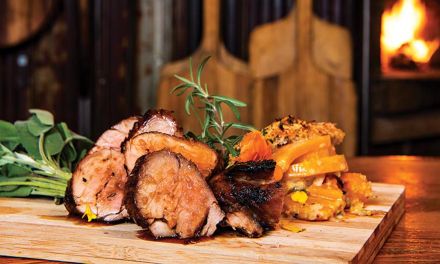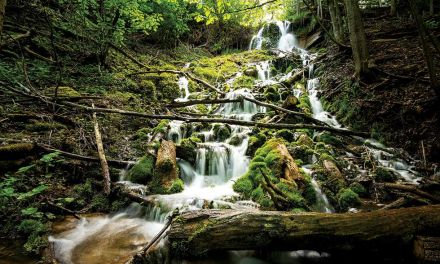The United Nations Intergovernmental Panel on Climate Change (IPCC) released a startling report in August stating that the world’s land and water resources are being exploited at “unprecedented rates” due in part to soil mismanagement. The report, which was prepared by more than 100 experts from over 50 countries world-wide, warns that the window to address this threat is closing rapidly. What forward thinking local farmers, growers and dairy producers already know, is that the solution to catastrophic climate change may be right beneath our feet: the earth.
Words Cara Williams. Photos Clay Dolan
On a quiet stretch of farmland near the hamlet of Walter’s Falls, lies an unassuming family run organic farm. While Amy and Patrick Kitchen of Sideroad Farm have been farming without the use of chemical pesticides, herbicides or fertilizers, the environmentally conscious couple is also addressing how food is produced and distributed, including better soil management and crop diversification. As farmers and stewards of the land, the Kitchens are passionate about environmental and human health.
When Escarpment locals Drew McIver and Mitch Yurkiw of Can-Dairy Inc established the Emerald Grasslands Brand, (butter made from fresh, grass-fed, organic, Jersey cream) they did so with the intent to build an environmentally and socially conscious company. Recognizing that their commitment to sourcing milk from regenerative organic dairy producers is essentially more complex, challenging, and ultimately costly (compared to a conventional dairy business practices), Drew and Mitch are driven by the responsibility they feel as dairy processors. “The positive impact that we are confident we will achieve as a result of growing this business is what motivates us to work hard and operate in a way which we believe is right for our world and humanity.” – Drew McIver, Founder/CEO Can-Dairy Inc.
From farm-level initiatives to supporting the management of milk production, through to processing perishable dairy products, Drew and Mitch are practicing what they preach, but it comes at a premium. “Our butter is more expensive on the shelf because it is more expensive to produce within our existing food-system,” explains Drew. “The price is a direct reflection of our cost to produce a premium quality butter – with all of the Emerald Grasslands attributes – and have it distributed to consumers across Canada. It’s that simple.”
“We’ve grown up hearing about climate change and the environmental issues facing the world,” explains Amy Kitchen. “So, we do feel a responsibility that this is our problem to solve. We’re looking for ways to make changes. For us, it’s a factor of scale. We’re pretty small, so as we learn about these new practices it’s not hard for us to adapt our farm and change.”
If left unattended, climate change will accelerate the threat of severe food shortages. As a warming atmosphere increases drought, flooding, heat waves, wildfires and unpredictable weather patterns, it is speeding up the rate of soil loss and land degradation. In some cases, soil that has been farmed conventionally has become so lifeless that it absorbs as little as half an inch of water per hour, while soil on farms practicing regenerative agriculture can absorb more than eight inches an hour.
“With conventional farming and tillage, we’re depleting about 1% of productive agricultural land per year,” notes Drew. “So, if we don’t start regenerating that land then the inflection point of the future generation and us, not being able to produce enough food is about 55 years away.”
Soil plays a key role in absorbing carbon and filtering water—by managing soils for healthy crops and raising healthy livestock, soil can hold water, nutrients and capture carbon.
Cattle, which are often labeled as climate change offenders (according to Agriculture and Agri-Food Canada, a lactating dairy cow produces about 400 grams of methane each day) are considered as a potential solution to the climate change crisis because of their role in naturally fertilizing soil that would be otherwise vulnerable to desertification.
Raising livestock has numerous environmental benefits such as soil replenishment, nutrient recycling, preservation of natural grasslands, and improving biodiversity and wildlife habitat. In short, cattle can upcycle land into protein-rich food for families while returning benefits to the land.
“Pastured Jersey cows produce milk that is naturally high in butterfat, essential nutrients and vitamins,” explains Drew. “Our partner farms are implementing regenerative organic land management and animal welfare practices. The Jerseys graze the lush and healthy pastures all season long. It is these farming practices that help create our remarkably flavoured, nutritious and vibrant yellow butter, while also restoring health to the soil beneath each pasture.” “We are fortunate to call St. Brigid’s Dairy, Dunkeld Organic Jerseys and Belanger Organic Farms our partner-farms,” adds Mitch. “All three are certified grass fed, certified organic, and locally owned and operated.”
At Sideroad Farm, Amy and Patrick are reaping the benefits of crop rotation and poultry grazing. “We are farming seven-acres but we’re blessed with a lot more land,” says Amy. “We have 60 acres, so that gives us the ability to move our vegetable field each year. This year we’re resting the plot that we grew on last year and have cover-cropped it twice then turned it into the ground. By doing that we’re adding organic matter into our soil, building soil health, keeping the ground covered so we’re not leaving the soil vulnerable to erosion by water and wind. This feeds the soil biology. We also have 3,000 meat chickens and two different flocks of laying hens which we rotate around on the ground that we’ll be growing on in future seasons. That manure is fertilizing the ground that we are going to grow vegetables on – building soil, helping with the soil fertility.”
By minimally disturbing the soil with direct seeding, crops actually remove greenhouse gases from the atmosphere, create nitrogen and then put nitrogen back into the soil. Its nature’s way of fertilizing while capturing carbon. But not all farmland is suitable for growing crops. Pastureland used for grazing livestock can also help eliminate greenhouse gasses, replenish soil, recycle nutrients and improve biodiversity.
Courtney Miller and John Griffith both come from families with deep agricultural roots in Grey and Bruce Counties. In 2017 the pair established Creamery Hill Farms in Owen Sound—a pasture based grassfed cattle and poultry operation. As the new generation of farmers, the couple researched innovative farming principles and practices.
“Regenerative agriculture checked all the boxes that are important to us,” explains Courtney. “Mainly animal welfare and the environmental effects on the land.” In addition to their exceptional egg laying abilities, Creamery Hill hens have two other key roles: from spring to fall they follow Courtney and John’s Galloway cattle—a heritage breed originating in Scotland with a long double coat that keeps them warm and dry during our harsh Grey County winters. This “mobile chicken coop” fertilizes pastures and cuts down on fly larvae found in the fields, which results in happy chickens and cattle— as well as happy farmers.
After only two seasons of moving our cattle and poultry through a rotational system we are already seeing the positive impact that regenerative agriculture can have on our land. With improved soil health comes revitalized and diverse pastures which greatly influences the well-being of our livestock.” ~ Courtney Miller
By managing soils for healthy crops and raising healthy livestock, soil can hold water, nutrients and capture carbon. As per the IPCC report, agriculture and forestry land use in the US currently takes in and captures more carbon than it emits.
There are a number of entities championing participation in global regeneration, starting with soil. Indigenous communities have practiced a regenerative, stewardship relationship to the land for centuries, while entities and personalities such as The Regenesis Group, Kiss the Ground, Carol Sanford, Bob Rodale, and Allan Savory have more recently been speaking out about the regenerative agriculture movement and how healthy soil microbes, working with plants and animals, can sequester carbon from the atmosphere.
“We are working to drive systemic change within our food-system, which will eventually result in new efficiencies and incentives for food producers, and increased accessibility of high-quality nutritious food for consumers. We choose to operate our business in this way so we can maximize our impact – not profit.” –Drew McIver, Founder/CEO Can-Dairy Inc.|E|

